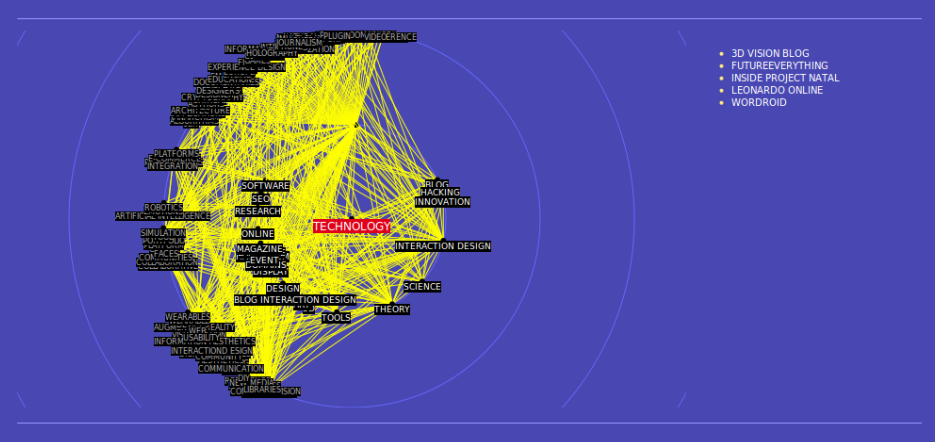Just back from Florence where we held a wonderful workshop/seminar at the ISIA Design Institute
The workshop was really interesting for us, as we were able to experiment an innovative education format.
Starting from the students’ ideas for the project works which they produce each year, we created a really dynamic experience in which an iterative process was created in a completely participatory way.
While the students followed the stream of ideas suggested by their projects we directly interacted with them, transforming design problems into opportunities to introduce tools, methodologies, platforms and knowledge about the various areas of cross-media design.
We specifically value this education methodology, as it promotes a very active kind of studentship. In this kind of process the student is not a “passive” subject who merely listens to the basically one-way dialogue of the “professor”. Instead the student becomes a driving force for the education process, as all begins from the analysis of real-life scenarios. The educator, in this case, assumes a very peculiar and valuable role. We joined the students in the design project lifecycle and we turned every one of its phases for an opportunity to build a dialogue. This dialogue featured us introducing and explaining the various techniques and methodologies involved in the project phases, as well as the formal theories and technical tools that could be used to assess each task. Each issue was described in terms of explanation of the various concepts, and of the references and tools that could be used to gain a deeper understanding of the matter.
Each piece of knowledge was then placed into a wider scheme and, then, adapted to the specific problem that was to be assessed. To do this, the educator quickly switched role, giving back control to the students who were empowered into using the acquired information to try and find an operative solution to the “problem”, and to explain to all the other people in class what he/she was doing, in terms of both theory and technique.
Here at the bottom you can download the slides that emerged from the lesson. They were constructed live, while performing the lesson. We are in the process of creating documentation for this education process: for both its specific instances, and for the methodology used. Results have been, thus far, really effective.
![[ AOS ] Art is Open Source](https://www.artisopensource.net/network/artisopensource/wp-content/uploads/2020/03/AOSLogo-01.png)
